How SMART Content Marketing Adapts to Audience Behavior Over Time

SMART goals are a goal-setting framework used in content marketing. It expands to Specific, Measurable, Achievable, Relevant, and Time-Bound. The acronym describes the characteristics of each goal to be set in content marketing. Under SMART goals, one sets concrete targets that have a rigid timeline.
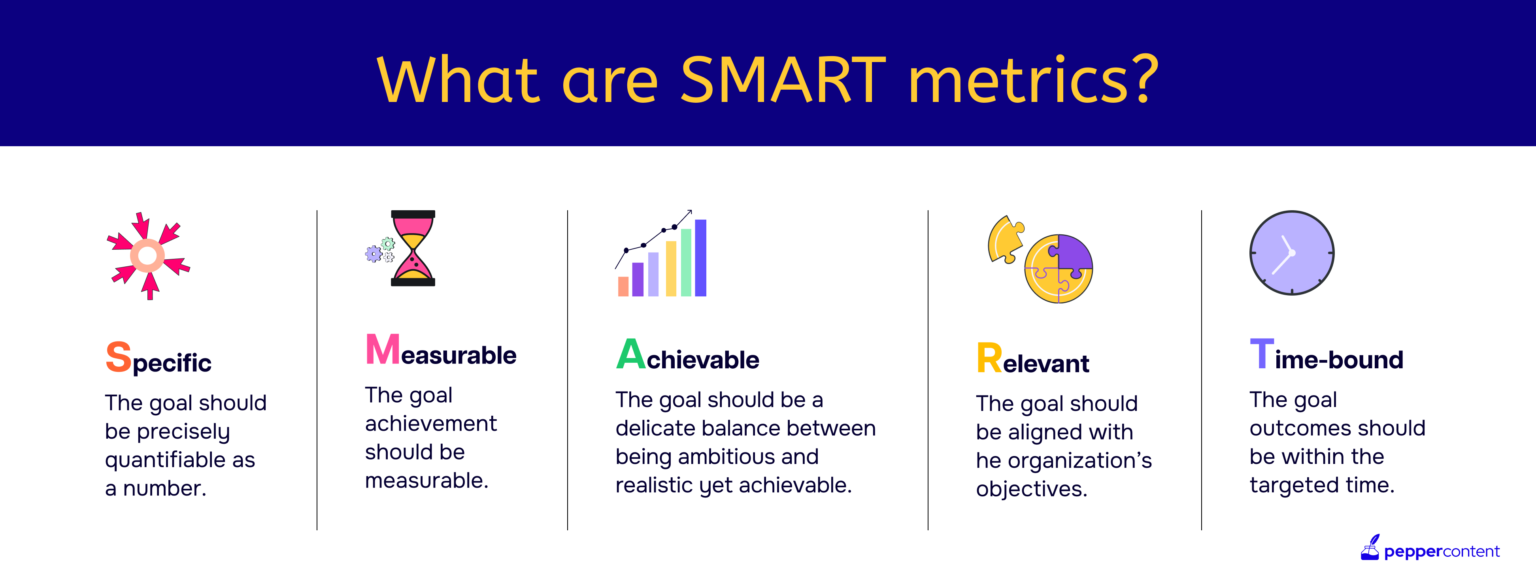
Let’s see how this works:
-
Specific: A specific goal would be to “increase website traffic from organic search by 10% in the next quarter.”
-
Measurable: The goal should be quantified whenever possible. For example, ” Generate 100 new leads from blog posts each month.” is a measurable goal.
-
Achievable: Your goals should be achievable but challenging. For example, if a team has no experience with SEO, it would not be achievable to set a goal of increasing website traffic from organic search by 10% in the next quarter.
-
Relevant: SMART goals should be relevant to the overall business objectives. For example, if a company’s goal is to increase brand awareness, then the content marketing goals should be focused on creating and distributing content that will help to achieve this goal.
-
Time-bound: SMART goals should have a specific deadline. For example, “increase website traffic from organic search by 10% in the next quarter” is a time-bound goal.
To create a successful content marketing strategy, the cardinal rule is to create valuable content that reaches the right audience at the time of their need. Thus, your content needs to be modified per the audience’s preferences and needs. SMART goal-setting framework helps you do exactly that.
The Necessity of SMART Goals in Content Marketing
Content marketing has been growing in importance in recent years because it can help businesses achieve a variety of goals, including:
1. Increased brand awareness
2. Improved thought leadership
3. Generated leads and sales
4. Better customer engagement
5. Improved SEO
Ultimately, it’s all about driving profitable customer action. Demand Metric states that content marketing generates three times as many leads as traditional outbound marketing but costs 62% less.
Content marketing strategy needs to be aligned with the consumer’s needs and current preferences. You not only need to put out valuable content but also make sure that it is out at the right time. In such cases, the SMART goal-setting framework can help you. It allows you to create a clear line of how your content marketing strategy will impact your business goals.
Companies spend approximately $145 billion on content marketing every year. However, less than half of B2B brands produce content that engages their audience. B2C companies fare even worse – just 20% of brands produce relevant content. Thus, half of the spending on content marketing is wasted.
When created without any aim, content tends to become vague. And with the plethora of content being released online, from blogs to videos to podcasts, your content may get lost. Here are some ways your content can be vague if you do not follow a definite strategy:
-
It doesn’t add value
-
It is irrelevant to your target audience.
-
It is not optimized according to the platform it is published on.
-
Your content is constantly self-promoting.
-
You create only one kind of content.
You can avoid these pitfalls through SMART goals for content marketing strategy. SMART goals are smarter because they are more focused, measurable, achievable, and relevant promptly. “Non-SMART” goals, on the other hand, are more likely to lead to failure because they are vague, cannot be accurately measured, can be unrealistic and have no relevance.
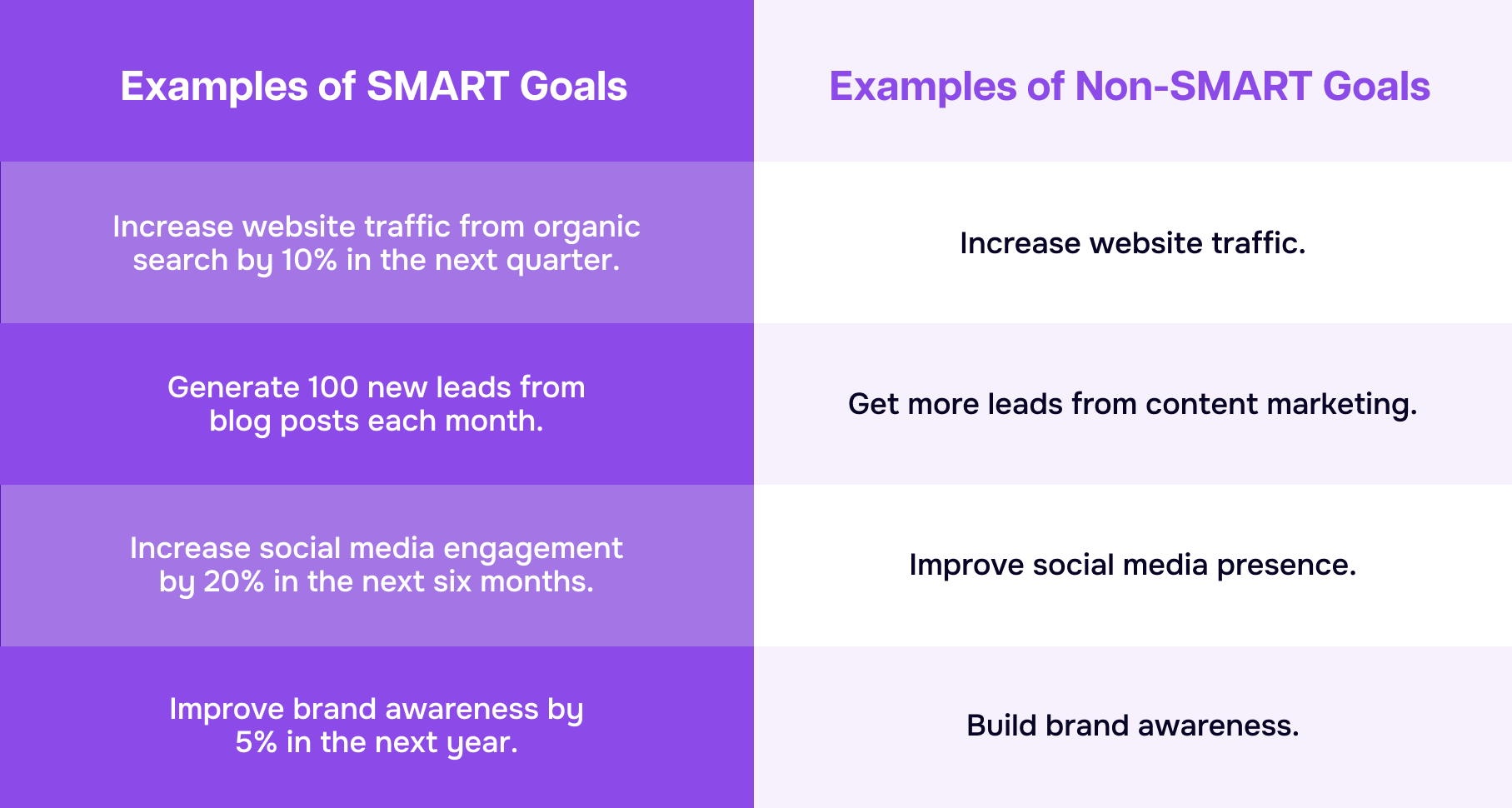
When you set SMART goals, you do not only have to set deadlines and targets. You also have to measure the results that you get from accomplishing those goals. This can be done through KPIs. Here’s how:
-
With specific KPIs, you can define the path to achieve a certain goal with more clarity using benchmarks. Thus, every member of the team will know exactly which stage of the process they are at.
-
You can also readjust the criteria and goals set through the SMART system. This method ensures that your goals remain relevant to your business objectives over time.
-
KPIs also allow you to plan ahead when you need to measure different metrics. Thus, they ensure that you achieve your SMART goals timely.
SMART Content Marketing and The Dynamic Nature of Audience Behavior
Changing audience behavior is a challenge for all marketers. Audiences are constantly changing their interests, preferences, and consumption habits. Marketers must adapt their strategies and content to remain relevant and effective. Audience behavior can impact many important marketing parameters:
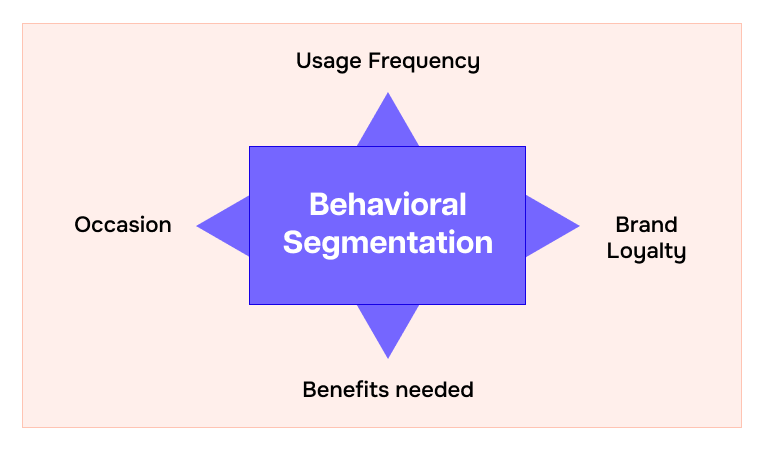
Many factors contribute to this shifting landscape. The rapid development of new technologies is constantly changing the way that people consume information. The global population is becoming increasingly diverse, and this diversity is reflected in the needs and interests of audiences. The rise of social media has led to a shift from passive to active content consumption. Audiences are now more likely to seek out content that is relevant to their interests and to engage with brands directly.
Content effectiveness is influenced by the audience lifecycle stage. The audience lifecycle is a framework that describes the four stages that audiences go through when interacting with a brand: awareness, consideration, purchase, and retention. You should tailor your content at each stage to meet the specific needs and interests of the audience.
Trends also impact how your audience engages with your brand. Short-lived trends may only last for a few days or weeks. They are often driven by social media, pop culture, and current events. For example, the #IceBucketChallenge was a short-lived trend that went viral in 2014. Though short-lived, it helped improve audience engagement for its key message.
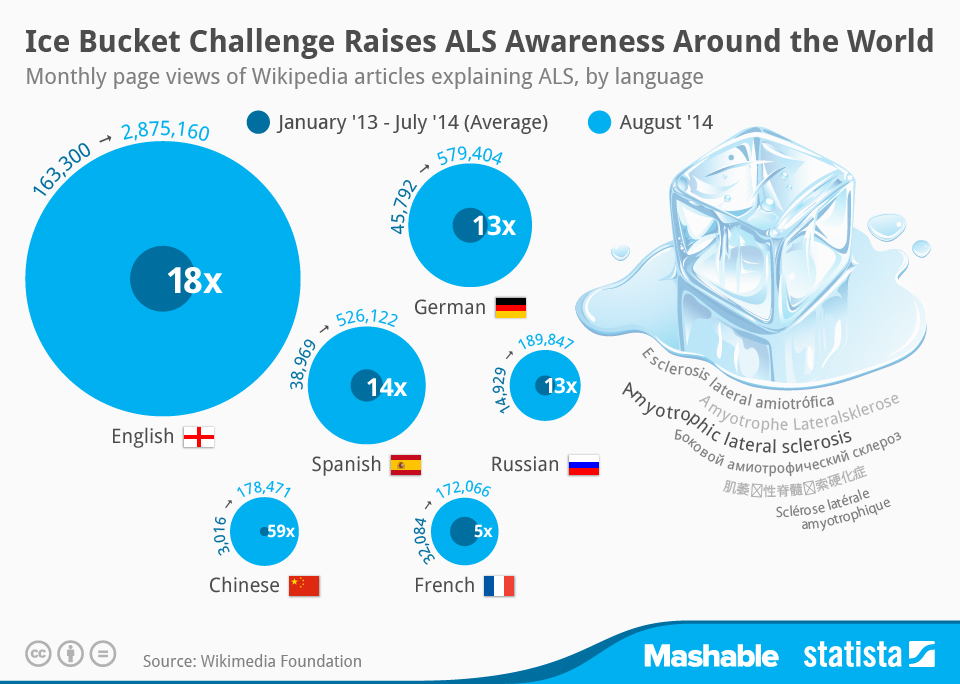
Long-term shifts in audience preferences are more gradual and sustainable. They may be driven by changes in technology, demographics, and societal norms. For example, the shift to mobile devices and the rise of social media have led to long-term shifts in the way people consume content — from passive to active content consumption. In the past, people were more likely to consume content passively, such as by watching TV or reading a newspaper. Today, people are more likely to consume content actively, such as by engaging with brands on social media or creating their own content.
Along with dynamic audience preferences, one needs to keep in mind different audience lifecycles. The lifecycle, varying the length for different products and brands, all consist of 5 stages.
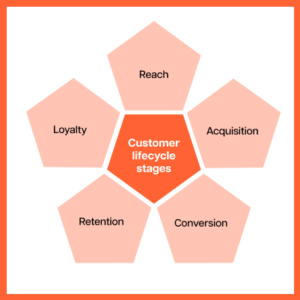
A successful content marketing strategy should target every stage of this lifecycle. If not, it might result in wrong leads and a wasted budget.
Metrics That Help You Understand Audience Behavior
You must quickly identify and adapt to new trends and changes in audience behavior. Important metrics that you can use to understand audience behavior include:
Behavioral analytics
Behavioral analytics track how users interact with a website or app, including time on the page, scroll depth, and interaction events. These can include:
-
Average Time on Page: This metric measures how much time your user spends on an individual page of your website. It can tell you what users are specifically
-
Scroll Depth: It measures how far the user scrolls down on a page of your website. It is better if they scroll down till your CTA. Heatmaps can be used to measure the scroll depth and learn how the audience navigates the webpage.
Sentiment analysis through social listening tools:
Sentiment analysis uses social media data to identify and measure the emotional tone of conversations about a brand or product. Some of these tools include:
-
Hootsuite
-
Adview
-
Talkwalker
-
Synthesio
-
Audience
SEO metrics
SERP rankings measure how high a website appears on search engine results pages (SERPs) for relevant keywords. Organic traffic refers to visitors who come to a website from search engines without clicking on a paid ad. Bounce rate is the percentage of visitors who leave a website after viewing only one page.
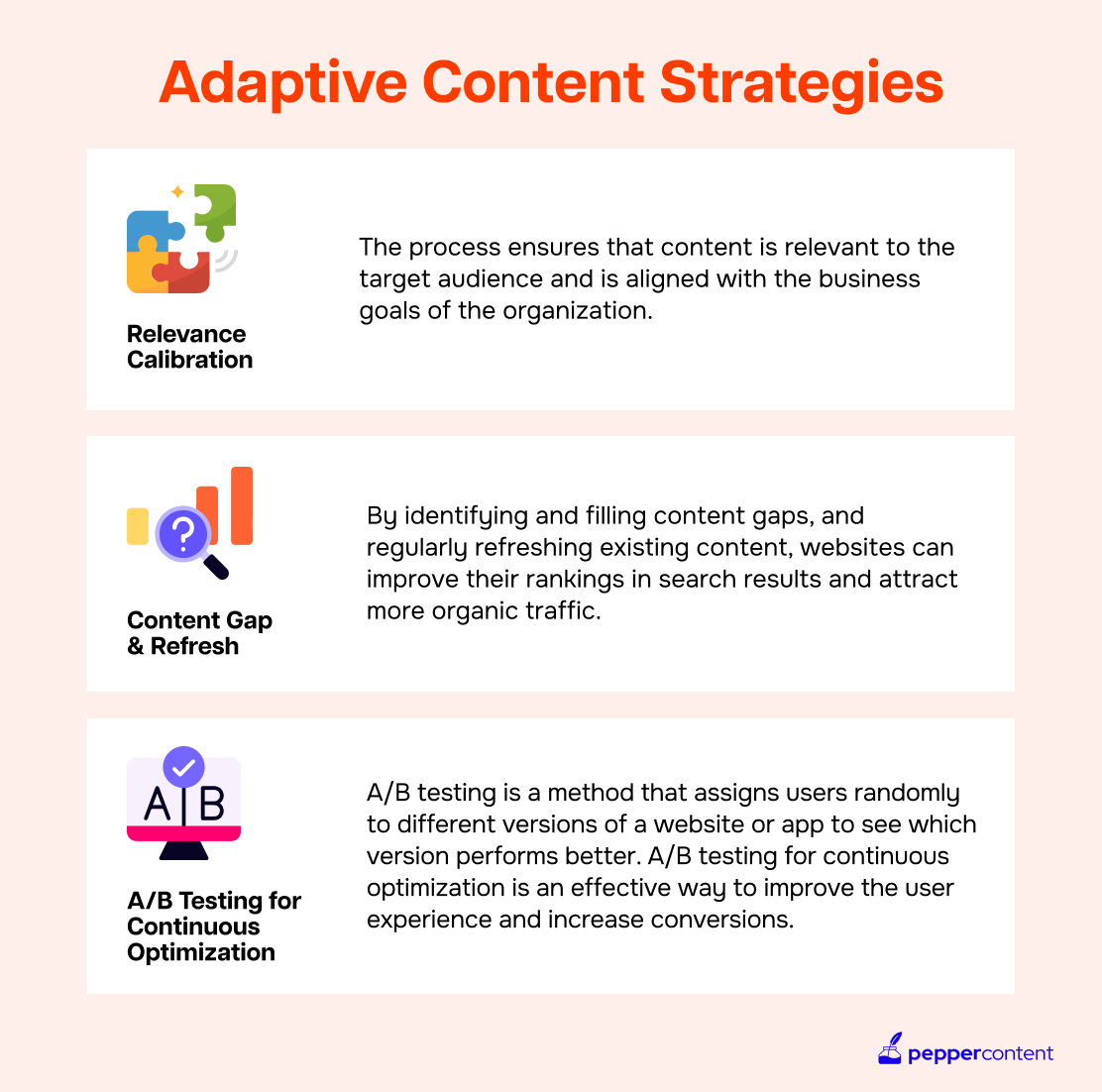
Leveraging Technology for Adaptive SMART Marketing
The SMART method of marketing strategy can be enhanced further by making it adaptive. That is, it should fine-tune its performance continuously based on the feedback received through the marketing KPIs.
Artificial Learning (AI) has been especially helpful in that aspect. Various models such as Reinforcement Learning from AI Feedback (RLAIF) are designed to learn and adapt as per the feedback provided. This is done through various techniques such as comparison-based learning, learning rewards, and feature queries.
When integrated with Content Management Systems (CMS) and Customer Relationship Management (CRM), AI and machine learning can expedite data analytics through seamless data management.
Especially in the case of CMS, LLMs can be employed to generate coherent summaries, respond to queries of the users, and reduce information overload based on various behavior metrics.
Automated SERP tools can also be employed to identify the gaps between you and your competitors and target those specific keywords. These tools can also identify weaknesses in a webpage and suggest changes to make it more SEO-optimized.
Case studies – SMART content marketing adapting to audience behavior
Smart companies have quickly adopted SMART content marketing. Stand-out examples include:
Netflix
Netflix needed to adapt its content strategy to keep up with the growing number of streaming services and the changing viewing habits of its audience. It decided to focus on creating original, high-quality content, new content formats, and interactive programming. Netflix has remained the leading streaming service, with over 220 million subscribers worldwide.

Coca-Cola
When Coca-Cola needed to adapt its content strategy to reach younger audiences who were increasingly consuming content online, it created a content hub called “CokeTV” that featured a variety of videos, including music videos, behind-the-scenes footage, and original programming. Coca-Cola’s social media engagement increased by 200% after it launched CokeTV.
Spotify
Spotify needed to adapt its content strategy to reach new audiences and compete with other music streaming services. It focused on creating personalized playlists for its users. Today, it is the world’s leading music streaming service, with over 180 million subscribers.
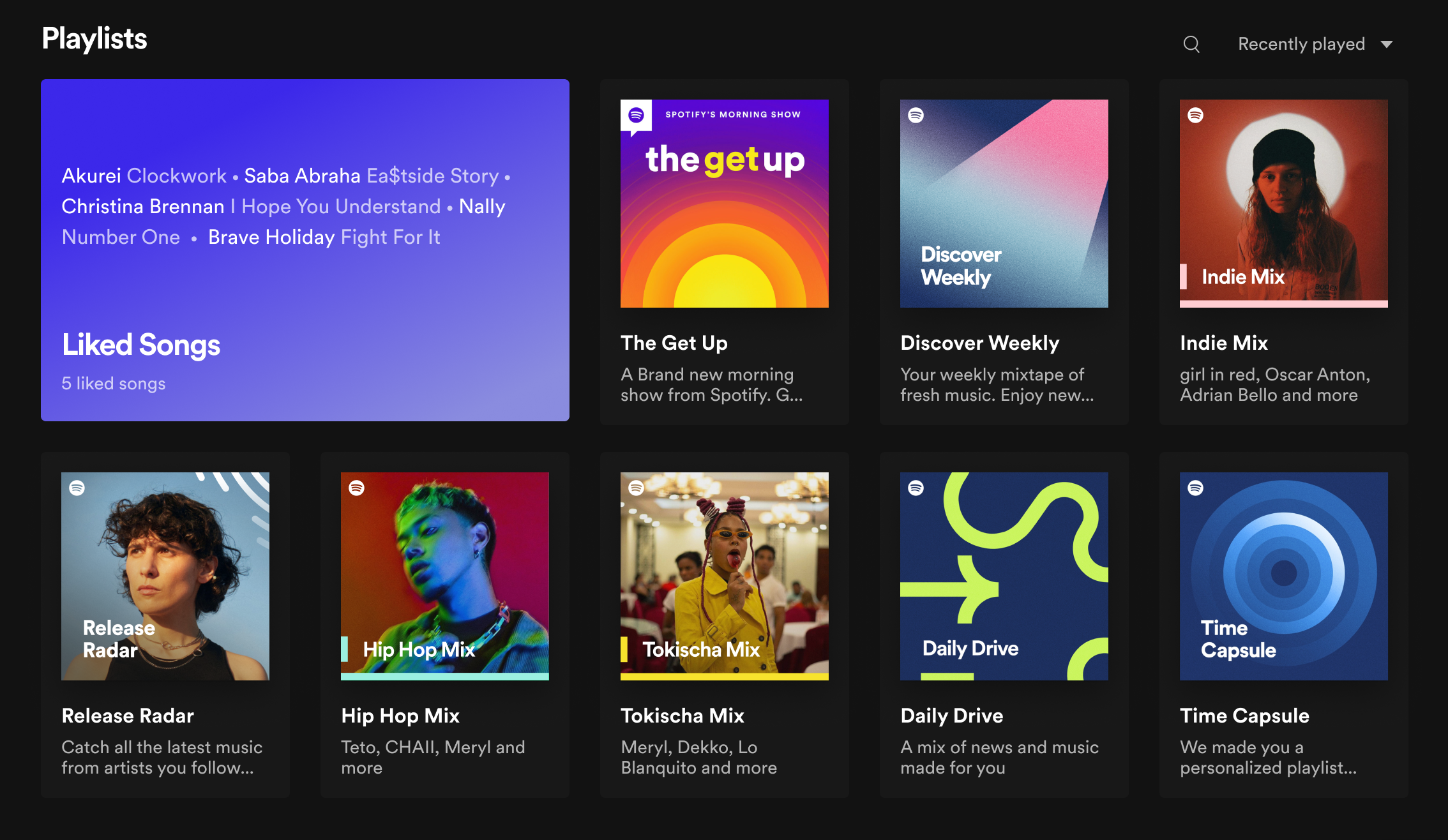
Conclusion
SMART content marketing is essential for businesses that want to reach their target audience and achieve their marketing goals. By creating and distributing content that is specific, measurable, achievable, relevant, and time-bound, businesses can ensure that their content is effective and that it adapts to audience behavior over time.
Need smart content for your SMART content marketing strategy? Check out Pepper Content’s expert-led, high-quality writing services.
Latest Blogs
Learn how to rank on AI search engines like ChatGPT, Perplexity, and Gemini by optimizing your content for authority, structure, and relevance. Stay ahead in AI-driven search with this strategic guide.
Explore the best healthcare SEO services for your medical practice. Improve online visibility and effectively reach more patients in need of your services.
Discover top social media agencies specializing in banking solutions, enhancing financial services and driving engagement.
Get your hands on the latest news!
Similar Posts

Content Analytics
5 mins read
How to Check Google Rankings: 3 Swift and Accurate Methods

Content Analytics
9 mins read
How to Measure Content Marketing Effectiveness

Content Analytics
5 mins read